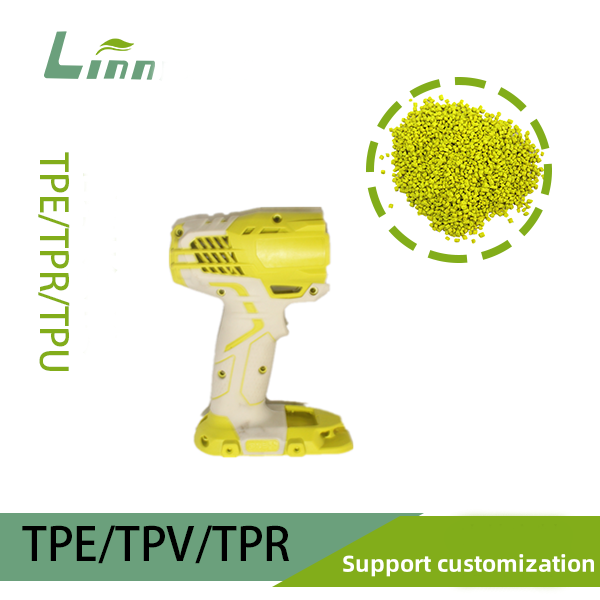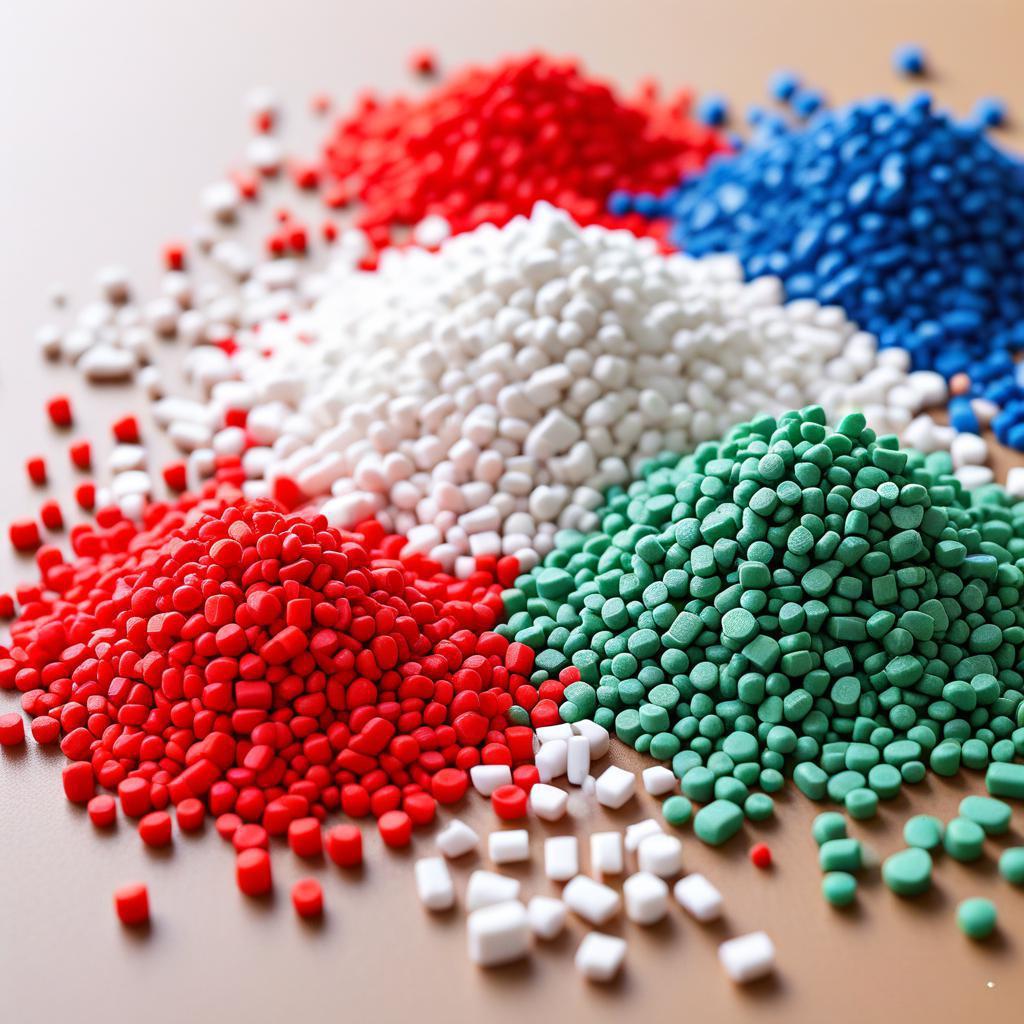Having spent nearly two decades in the TPE (thermoplastic elastomer) industry, I’ve wrestled with just about every molding challenge you can imagine. One issue that crops up time and again is stringing at the gate—those frustrating, wispy strands of TPE that form when the mold opens, leaving a messy finish and potentially compromising part quality. Whether you’re producing soft-touch grips, medical seals, or flexible consumer goods, stringing can throw a wrench in your production line, leading to rework, scrap, or unhappy clients. In this article, I’ll share my hard-won insights and practical solutions to eliminate stringing at the gate during TPE injection molding. Drawing from years of shop-floor troubleshooting, I’ll walk you through the causes and fixes with a human touch, so you can get back to producing flawless parts. Let’s dive in!
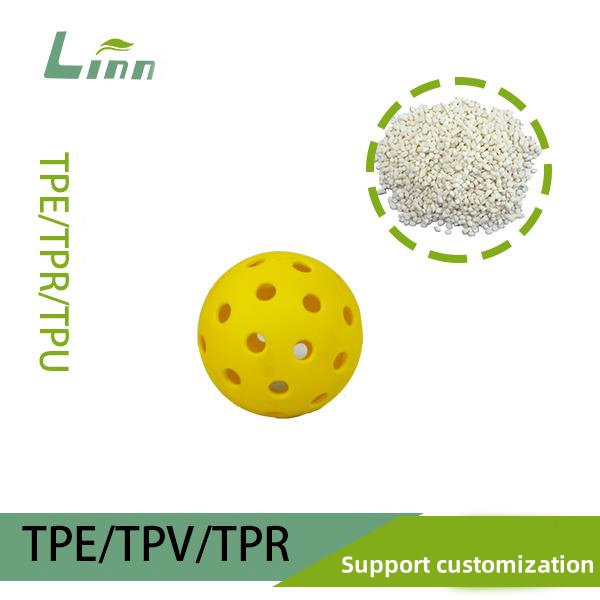
1. What Causes Stringing at the Gate in TPE Molding?
To tackle stringing, we first need to understand why it happens. TPE’s unique blend of rubber-like elasticity and plastic processability makes it ideal for injection molding, but its viscoelastic nature can lead to stringing—where molten TPE stretches into thin strands as the mold opens, especially at the gate. Based on my experience, the main culprits include:
Material Properties: TPE’s viscosity, melt flow index, and volatile content can influence stringing. Low-viscosity grades or materials with high volatile content are more prone to forming strands.
Gate Design: Small or poorly designed gates can cause excessive shear or incomplete separation of the TPE from the runner, leading to stringing.
Processing Parameters: Incorrect injection speed, temperature, or cooling time can keep the TPE too molten at the gate, preventing clean separation.
Mold Conditions: Inadequate mold cooling, worn gate edges, or improper venting can exacerbate stringing by affecting material flow and solidification.
Environmental Factors: High humidity or contaminated materials can alter TPE behavior, contributing to stringing.
From countless hours debugging molding issues, I’ve learned that stringing is rarely a single-factor problem. It’s often a combination of material, mold, and process issues, and solving it requires a systematic approach. Below, I’ll outline actionable solutions to banish stringing for good.
2. Practical Solutions to Eliminate Stringing
Here’s a comprehensive guide to preventing stringing at the gate in TPE injection molding, covering materials, gate design, process parameters, mold maintenance, and environmental controls. These strategies are based on my real-world successes and industry best practices.
2.1 Select and Prepare the Right TPE Material
The TPE grade you use plays a big role in stringing behavior. Here’s how to choose and prep your material:
Choose Higher-Viscosity TPE Grades: Low-viscosity TPEs (e.g., high melt flow index above 50 g/10 min per ASTM D1238) are more likely to string due to their fluidity. Opt for grades with a melt flow index of 10-30 g/10 min for better control at the gate. Check the supplier’s Technical Data Sheet (TDS) for viscosity data.
Pre-dry TPE: Moisture in TPE can lower viscosity and increase stringing by forming gas bubbles. Dry pellets at 80°C for 3-4 hours in a dehumidifying dryer to reduce moisture content below 0.02%.
Minimize Volatiles: High volatile content can create gaseous emissions that disrupt gate separation. Select TPE grades with volatile content below 0.5%, as specified in the TDS.
Case Study: A client molding TPE phone cases faced severe stringing at the gate. Their TPE had a melt flow index of 60 g/10 min, making it too fluid. Switching to a grade with a 20 g/10 min index and enforcing pre-drying reduced stringing by 90%, streamlining production.
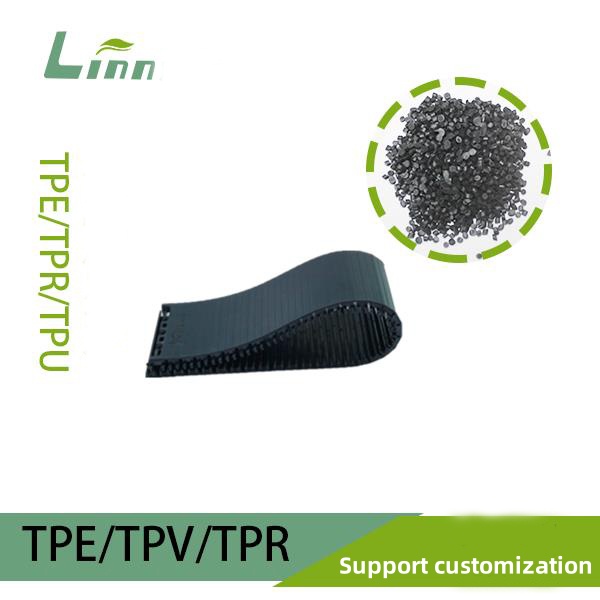
2.2 Optimize Gate Design
Gate design is critical for clean material separation. Here’s how to get it right:
Use Sharp-Edged Gates: Pinpoint or valve gates with sharp edges (radius below 0.1mm) promote clean separation, reducing stringing. Avoid wide or rounded gates, which can stretch the TPE.
Size Gates Appropriately: Gates that are too small increase shear, while oversized gates delay solidification. Aim for a gate diameter of 0.5-1.5mm for most TPE applications, depending on part size.
Position Gates Strategically: Place gates in areas with lower aesthetic requirements (e.g., hidden surfaces) to minimize the impact of any minor stringing. Ensure gates are away from thin walls to avoid excessive shear.
Consider Valve Gates: For high-precision parts, valve gates with mechanical shut-off can eliminate stringing by stopping TPE flow instantly. These are costlier but highly effective.
2.3 Fine-Tune Injection Molding Parameters
Molding parameters are make-or-break for preventing stringing. Below is a table summarizing key adjustments, based on my experiments with TPE:
|
Parameter |
Issue |
Solution |
|---|---|---|
|
Melt Temperature |
Too high: TPE stays too fluid |
Set to 180-200°C, in the lower recommended range to promote solidification. |
|
Injection Speed |
High speed increases shear and stringing |
Use slow-to-moderate speed (20-40% of max) for controlled flow. |
|
Holding Pressure |
Excessive pressure delays gate freeze |
Set to 50-70% of injection pressure, hold for 2-4 seconds. |
|
Mold Temperature |
High temp delays solidification |
Maintain at 30-50°C to ensure rapid gate freeze-off. |
|
Cooling Time |
Insufficient cooling keeps gate molten |
Extend to 8-12 seconds to solidify TPE at the gate before mold opening. |
Real-World Example: A manufacturer of TPE medical seals dealt with stringing that caused 15% scrap rates. Their melt temperature was 220°C, keeping the gate too molten. Lowering it to 190°C, slowing injection speed to 30%, and extending cooling to 10 seconds eliminated stringing, boosting yield to 98%.
2.4 Maintain and Optimize the Mold
Mold condition directly affects gate performance. Here’s how to keep it in top shape:
Inspect Gate Edges: Worn or rounded gate edges can cause TPE to stretch rather than break cleanly. Sharpen or replace gates every 10,000-20,000 cycles, depending on wear.
Enhance Cooling: Inadequate cooling near the gate can delay solidification, promoting stringing. Add cooling channels or use high-conductivity inserts (e.g., beryllium copper) near the gate, maintaining temperatures at 30-50°C.
Improve Venting: Trapped gases can disrupt flow and contribute to stringing. Add vent slots (depth 0.02-0.04mm, width 3-5mm) to ensure smooth gas escape without flash.
Clean Regularly: Residue from TPE or release agents can clog gates, worsening stringing. Clean molds every 5,000-8,000 cycles with a non-abrasive solvent.

2.5 Control the Production Environment
Environmental factors can subtly influence stringing. Here’s how to manage them:
Maintain Low Humidity: High humidity can introduce moisture into TPE, lowering viscosity and increasing stringing. Keep workshop humidity at 40-50% with dehumidifiers.
Minimize Contamination: Dust or oils on pellets or molds can alter TPE flow behavior. Store materials in sealed containers and use cleanroom protocols near molding stations.
Handle Materials Carefully: Transfer TPE pellets in clean, dry conditions to avoid contamination that could affect viscosity.
2.6 Implement Quality Control Measures
To prevent stringing from recurring, integrate these quality assurance practices:
Visual Inspection: Check gates under a 10x magnifying loupe to spot stringing or gate defects early. Compare parts against a reference sample.
Gate Freeze Testing: Measure gate solidification time by incrementally increasing cooling time until stringing stops. Aim for a freeze time of 2-3 seconds.
Parameter Logging: Record temperature, speed, and pressure data to correlate settings with stringing occurrences. This helps identify trends.
Scrap Analysis: Analyze defective parts to pinpoint whether stringing stems from material, mold, or process issues.
3. Common Mistakes to Avoid
I’ve seen teams waste time on misguided fixes for stringing. Here are pitfalls to steer clear of:
Overheating the Melt: High temperatures keep TPE too fluid, worsening stringing. Stick to the lower recommended range (180-200°C).
Using Low-Viscosity TPE: High-flow grades are prone to stringing. Choose grades with a melt flow index of 10-30 g/10 min.
Neglecting Gate Maintenance: Worn gates cause inconsistent separation. Inspect and sharpen gates regularly.
Skipping Pre-drying: Moisture in TPE can lower viscosity, increasing stringing. Always dry pellets to below 0.02% moisture.
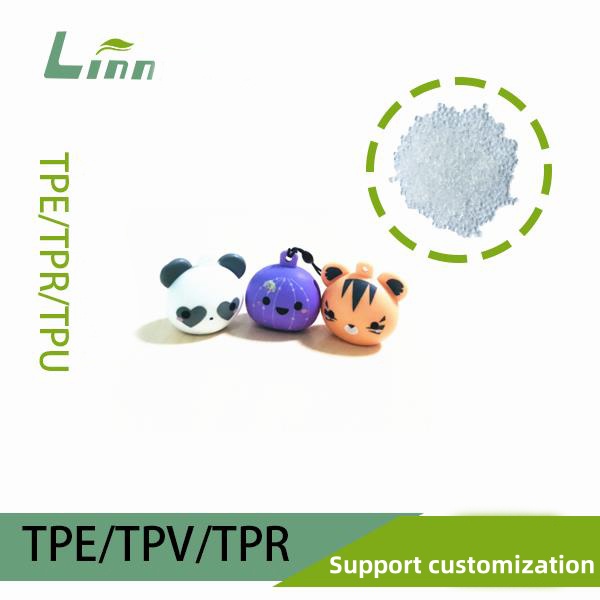
4. Tailored Solutions for Different Operations
The best approach depends on your production scale and resources. Here’s a guide to match your setup:
|
Operation Type |
Recommended Actions |
Cost/Complexity |
|---|---|---|
|
Small Workshops |
Optimize parameters, pre-dry materials, and inspect gates regularly. |
Low/Easy |
|
Mid-Sized Facilities |
Upgrade to pinpoint gates, add cooling channels, and invest in pre-drying equipment. |
Moderate/Medium |
|
Large Manufacturers |
Use valve gates, high-viscosity TPE grades, and automate QC with vision systems. |
High/Complex |
Start with low-cost fixes like parameter tweaks and pre-drying, then scale up to gate redesign or advanced cooling as budget allows.
5. Final Thoughts
Stringing at the gate in TPE injection molding can feel like a relentless foe, but with the right adjustments, it’s a problem you can conquer. My years in the industry have shown me that a mix of careful material selection, smart gate design, precise process control, and diligent maintenance can turn messy gates into clean, professional finishes. Whether you’re running a small molding shop or a high-volume factory, this guide offers a clear path to stringing-free production. If you’re hitting a wall or need a fresh perspective on a tricky case, don’t hesitate to reach out—I’m always happy to roll up my sleeves and help you perfect your process.

6. Frequently Asked Questions
Here are answers to common questions about TPE stringing, based on my experience:
Q1: Why does stringing only happen with certain TPE grades?
A: Stringing is more common with low-viscosity grades (e.g., melt flow index above 50 g/10 min). Check the TDS and switch to a higher-viscosity grade (e.g., 10-30 g/10 min) for better gate control.
Q2: Can gate size alone fix stringing?
A: Gate size helps, but it’s not a silver bullet. A 0.5-1.5mm gate diameter reduces shear, but you’ll also need to optimize temperature, speed, and cooling for clean separation.
Q3: Do valve gates eliminate stringing completely?
A: Valve gates with mechanical shut-off are highly effective, reducing stringing to near zero. However, they’re expensive, so test pinpoint gates first for cost-effectiveness.
Q4: My parts are string-free, but the gate area looks rough. What’s wrong?
A: Rough gate areas may stem from worn gate edges or excessive holding pressure. Sharpen gates to a 0.1mm radius and reduce holding pressure to 50-70% of injection pressure.
Q5: How do I know if moisture is causing stringing?
A: Test by drying TPE pellets to below 0.02% moisture and comparing results. If stringing decreases, moisture was a factor. Always pre-dry to confirm.
With these strategies, you’re well-armed to eliminate stringing and produce pristine TPE parts. If you need tailored advice or want to troubleshoot a specific issue, let me know—I’m here to help you achieve a flawless finish!



